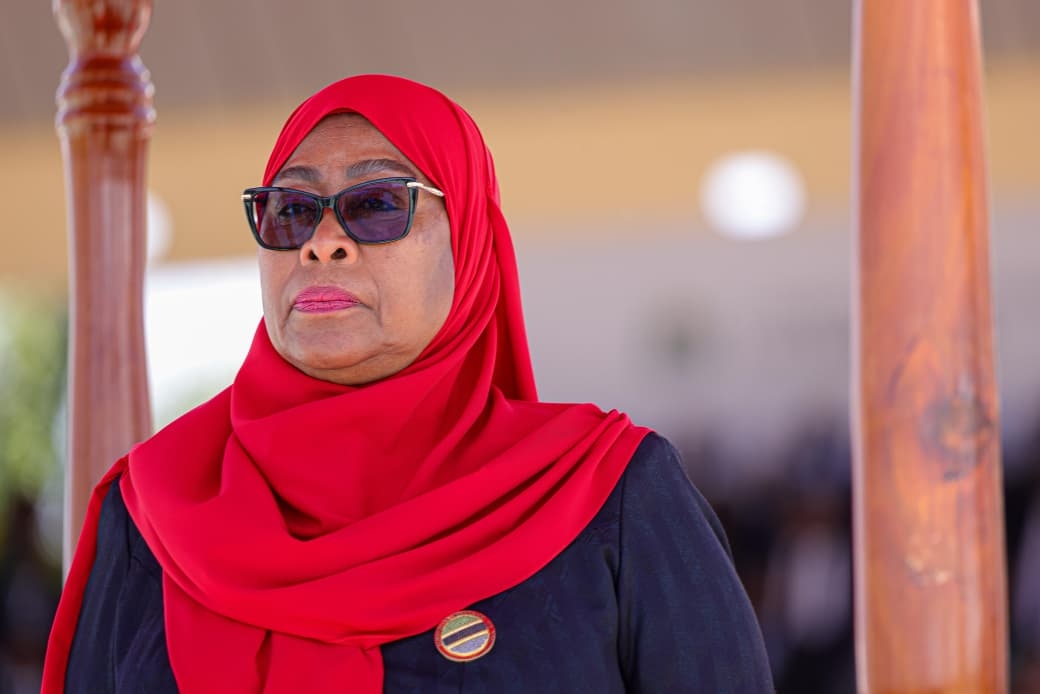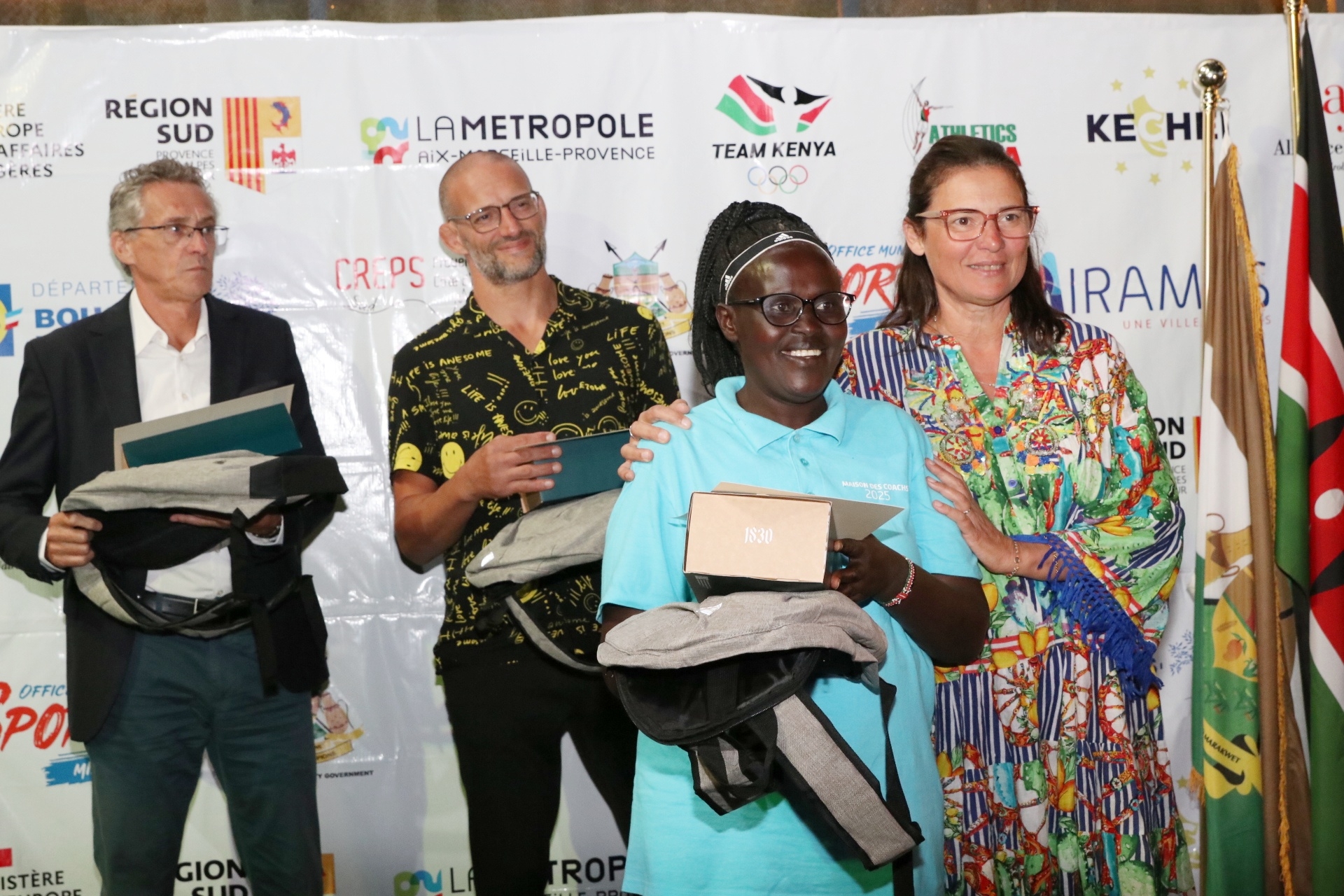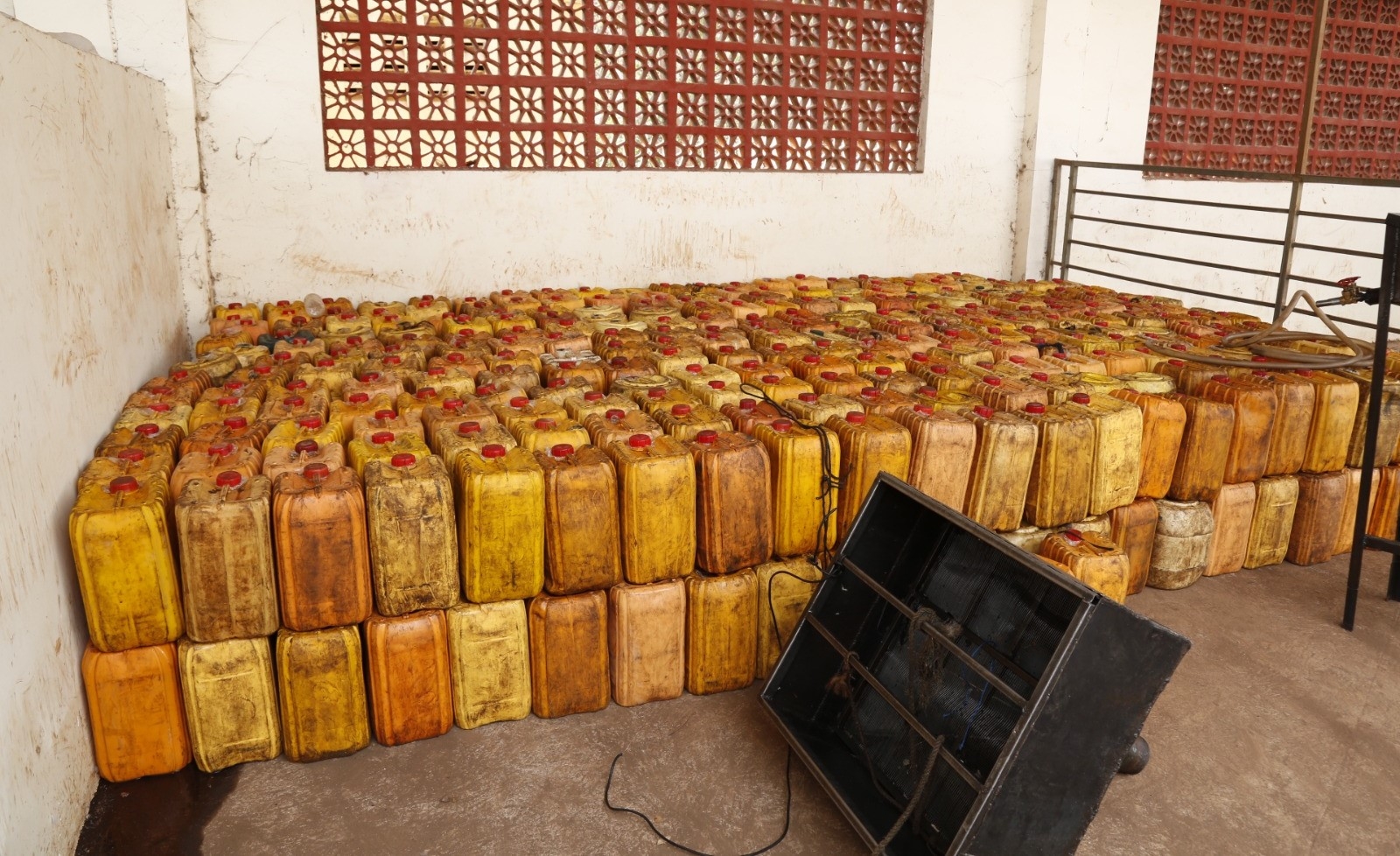If you cannot sell a 90kg bag of maize at Sh6,500, then you are better off not growing maize because this is the only way to make even. Anything below Sh6,500 is a loss to farmers
Farmers are warning of a looming maize shortage next year.
The country has experienced four consecutive failed rain seasons, the cost of input has skyrocketed and this year's harvest has dropped by almost a half.
Longtime maize farmer Kollum Kimtai from Uasin Gishu said they are hardly breaking even as the cost of production has gone up.
"If you cannot sell a 90kg bag of maize at Sh6,500, then you are better off not growing maize because this is the only way to make even. Anything below Sh6,500 is a loss to farmers,” he said.
Uasin Gishu is one of the country's breadbasket counties.
Last year it produced 5.6 million bags of maize but the number is projected to drop by 2 million bags this year.
Kipkorir Menjo, chairman of the Kenya Farmers Association, said the high cost of input has forced many farmers to reduce acreage under maize production.
“So this year, we expect a reduction in maize harvest from the North Rift. The low production can also be attributed to the poor rains which have led to a devastating drought,” he said.
Menjo said providing subsidised fertiliser is important, but they need easy access to loans to buy farm inputs.
“Even though a bag of subsidised fertiliser is selling at Sh3,500, there are farmers who still cannot afford to buy it,” he said.
"In addition to the fertiliser subsidy, government should further assist or link farmers to financial institutions that are friendly to farmers."
Dr Timothy Njagi, a senior researcher from Tegemeo Institute of Agricultural Policy and Development, called for a change in maize farming to increase production.
Tegemeo Institute is a policy research institute under the Division of Research and Extension of Egerton University.
Njagi said there's need to identify what crops do well in which region and zone them.
Then farmers should be supported to grow the various crops so that not everyone plants maize, he said.
“For instance, if you are living in an area that is not suitable for maize, the government should support you to grow something else," Njagi said.
"This will allow those who can grow maize to become efficient. Such a policy will help to ensure subsidy fertiliser programmes are effective and that farmers benefit optimally.”
He said some of the farmers buying the Sh3,500 subsidy fertiliser should not be growing maize but a different crop.
Njagi said the downward trend in maize production started with the food crisis of 2008.
Between 2008 and early 2010, the country experienced a severe drought that left 10 million people at risk of starvation and caused the death of a large number of livestock in the Arid and Semi-Arid Lands.
The government launched the first fertiliser subsidy programme to cushion farmers against the high cost of production during that period.
The programme went on until 2018.
“In 2011, there was another shock following a drought period. The other major shock came in 2016-2017 when there was a significant food shortage. Since then, production has been low,” Njagi said.
Apart from the droughts, the cost of production has also been going up.
“For our farmers to break even, the cost of production should not go beyond Sh1,500. If it is at Sh2,000 and the market is offering Sh2300 per bag, this means farmers cannot break even," he said.
"We also need to address the issue of agronomy, which we can only do if we revamp extension.”
Post-harvest losses is another issue that needs serious attention, Njagi said.
The country loses a lot of maize due to aflatoxin.
“Post-harvest loss is about 12 per cent, meaning we lose about more than five million bags in a harvest. We need to improve the infrastructure for post-harvest storage and management," he said.
According to data from the Ministry of Agriculture, this year’s maize harvest is projected to be 33 million 90kg bags, the lowest in five years.
Maize production in 2021 was 38 million bags and 42 million in 2020. In 2019 and 2018 the country harvested 44 million and 44.6 million bags, while in 2017 it got 35.4 million bags.
The targeted maize production this year was 67.3 million bags, which would have been higher than the 2021 target of 61.2 million.
“This is against the total national maize demand of 57.8 million bags of 90kg annually,” the data showed.
Edited by Josephine M. Mayuya














